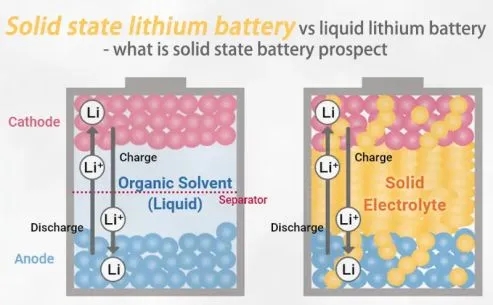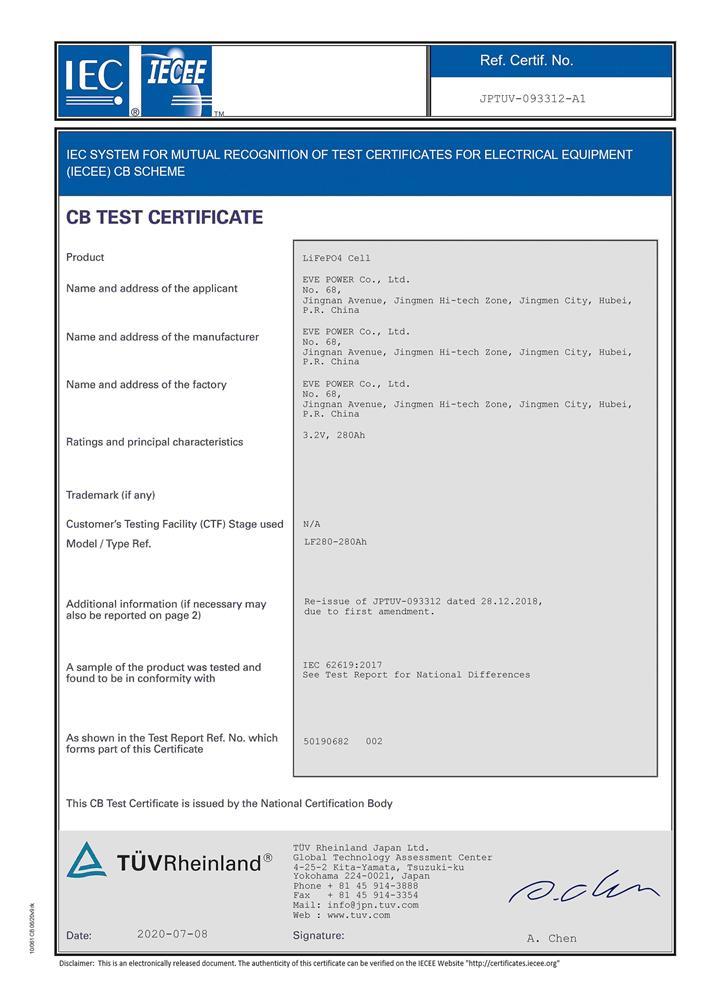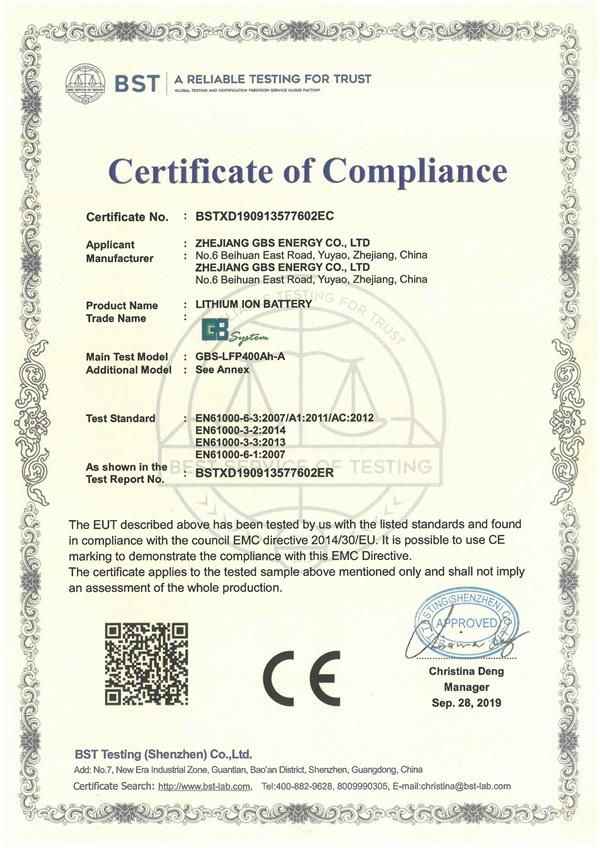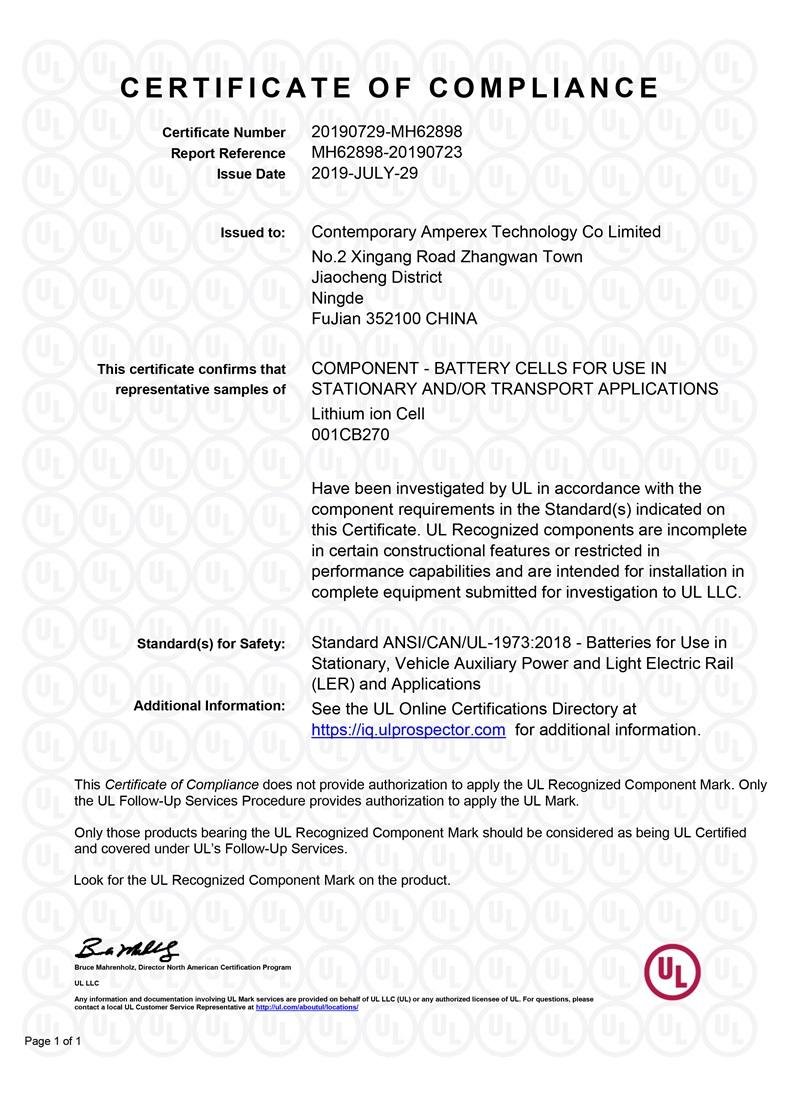Blog
Semi-Solid State Batteries vs. Lithium-Ion: The Ultimate Comparison and Future Potential

As the demand for efficient, safe, and high-capacity energy storage grows—especially with the rise of electric vehicles (EVs), portable electronics, and renewable energy—battery technology is advancing to keep up. Lithium-ion batteries are currently the most popular, offering a good balance of high energy density and reliable performance. However, they have limits, such as safety concerns and a shorter cycle life. A promising new option is the semi-solid-state battery, which combines features of both lithium-ion and solid-state batteries. Using a gel-like electrolyte, these batteries improve safety, increase energy density, and last longer, while avoiding the complex production issues of fully solid-state batteries.
This article compares semi-solid-state and lithium-ion batteries, focusing on their design, materials, performance, safety, cost, and future market potential. Knowing these differences is key as we move toward better, safer, and more powerful batteries.
What Are Semi-Solid State Batteries?
Semi-solid-state batteries blend features of conventional lithium-ion and solid-state batteries. They use a gel or slurry-like electrolyte instead of the liquid electrolyte in lithium-ion batteries or the fully solid electrolyte in solid-state batteries. This design improves safety and energy density compared to traditional lithium-ion batteries.
What Are Lithium-Ion Batteries?
Lithium-ion (Li-ion) batteries are the most common rechargeable batteries, powering everything from smartphones to electric vehicles. They store and release energy by moving lithium ions between electrodes (anode and cathode) through a liquid electrolyte. Their popularity stems from their high energy density, lightweight design, and fast recharging capabilities.
Key Differences Between Semi-Solid State and Lithium-Ion Batteries
1. Structure
- Lithium-Ion Batteries: Use a liquid electrolyte to conduct ions between electrodes. This electrolyte is crucial for energy density, power output, and safety but poses risks like leakage and flammability.
- Semi-Solid State Batteries: Combine a solid electrolyte with a small amount of liquid electrolyte to enhance conductivity. A separator is still needed to prevent short circuits between electrodes.
2. Materials
- Lithium-Ion Batteries: Composed of four main materials—positive electrode (45% of cost), negative electrode (15%), separator (18%), and liquid electrolyte (10%). The electrolyte is an organic solvent that dissolves lithium salts.
- Semi-Solid State Batteries: Use similar materials but replace the liquid electrolyte with a gel-like substance. This gel is created by adding lithium salt and a solvent to a polymer base, offering a balance between solid and liquid electrolytes.
3. Energy Density
- Lithium-Ion Batteries: Offer energy densities of 150-250 Wh/kg and 300-700 Wh/L. While improvements have been made, these levels are still insufficient for long-range EVs and high-demand applications.
- Semi-Solid State Batteries: Promise significantly higher energy densities, potentially reaching 300-500 Wh/kg and 1000 Wh/L, doubling the capacity of lithium-ion batteries.
4. Safety
- Lithium-Ion Batteries: Prone to safety issues like thermal runaway, which can cause fires. In 2021, over 200 EV battery-related fires were reported globally.
- Semi-Solid State Batteries: Feature a solid-state electrolyte that reduces flammability and improves thermal stability, making them inherently safer.
5. Cycle Life
- Lithium-Ion Batteries: Typically last 500-1500 cycles, with capacity decreasing by around 20% after 500 cycles.
- Semi-Solid State Batteries: Offer longer lifespans, with some studies suggesting up to 3000 cycles due to better chemical stability and reduced degradation.
6. Fast Charging
Semi-solid-state batteries support faster charging due to more efficient ion movement, while lithium-ion batteries can overheat during rapid charging, reducing their lifespan.
7. Temperature Performance
Solid-state batteries perform best at high temperatures but struggle in low temperatures. Liquid batteries excel in cold conditions but are less effective in heat.
8. Manufacturing Process
- Lithium-Ion Batteries: Production involves three stages—processing raw materials into electrodes, assembling the battery, and testing/packaging.
- Semi-Solid State Batteries: Compatible with existing lithium-ion production processes, requiring only 10%-20% of new equipment, enabling faster market adoption.
9. Cost
- Lithium-Ion Batteries: Cost around $100 per kWh as of 2022, but face pressure from rising raw material prices.
- Semi-Solid State Batteries: Currently more expensive but expected to approach $100 per kWh within a decade as technology matures.
10. Applications
- Lithium-Ion Batteries: Widely used in consumer electronics, EVs, and renewable energy storage due to their reliability and established infrastructure.
- Semi-Solid State Batteries: Ideal for future applications requiring higher safety and energy density, such as EVs, aerospace, and grid storage.
Conclusion
In conclusion, as the demand for energy storage solutions continues to grow, both semi-solid-state and lithium-ion batteries offer unique advantages and challenges. While lithium-ion technology remains the industry standard, semi-solid-state batteries present a promising future with enhanced safety, longer lifespan, and superior energy density. As advancements in battery technology continue, these two types of batteries will likely coexist, each serving different applications based on their strengths.
- Next:Exploring the Future of Solid-State Batteries: Advantages, Applications, and Industry Impact
- Previous:OTS LiFePO4 Batteries vs DIY LiFePO4 Batteries: Key Differences You Need to Know
Contact Details
Lithium LiFePO4 Batteries and Lithium LiFePO4 Cells Supplier - LiFePO4 Battery Shop
Contact Person: Miss. Elena Wang
WhatsApp : +8615263269227
Skype : +8615263269227
WeChat : 15263269227
Email : info@lifepo4batteryshop.com
All Products
Certification
Customer Reviews
- I have fond memories of our meeting in Shanghai with LiFePO4 Battery Shop Elena. Your company left a strong impression on me with its impressive growth and professionalism. We both value straightforwardness and honesty, which I believe are the most important qualities in any partnership. I am confident that we can build a successful collaboration based on these shared values. —— Robert from USA
- I've been working with LiFePO4 Battery Shop for years, and their reliability is unmatched. While other suppliers frequently change sales teams, LiFePO4 Battery Shop has consistently provided exceptional service with a stable team. Their commitment to quality and customer support truly sets them apart. —— Henry from Australia



